What Size of Wood Stove do you Need?
- July 18, 2023
- 0 comment
Choosing the right size wood stove is crucial to ensure optimal heating efficiency and comfort in your home. Whether you’re considering a wood stove as your primary heat source or as a supplemental heating option, understanding the factors that determine the appropriate size is essential. In this comprehensive guide, we’ll explore the key considerations and provide practical insights to help you determine the ideal size of the wood stove for your specific needs.
Standard Wood Stove Square Foot Heating Capacity
| Wood Stove Size | Heating Capacity |
|---|---|
| Small | less than 500 sq. ft. |
| Medium | 500 – 1,000 sq. ft. |
| Large | 1,000 – 2,200 sq. ft. |
| Extra-Large | 2,200+ sq. ft. |
Calculate the Heating Area
The first step in determining the size of the wood stove you need is to calculate the heating area. Measure the square footage of the room or area you intend to heat. For open floor plans or multiple connected rooms, measure the entire space to be heated. This measurement will serve as a starting point for selecting the appropriate stove size.
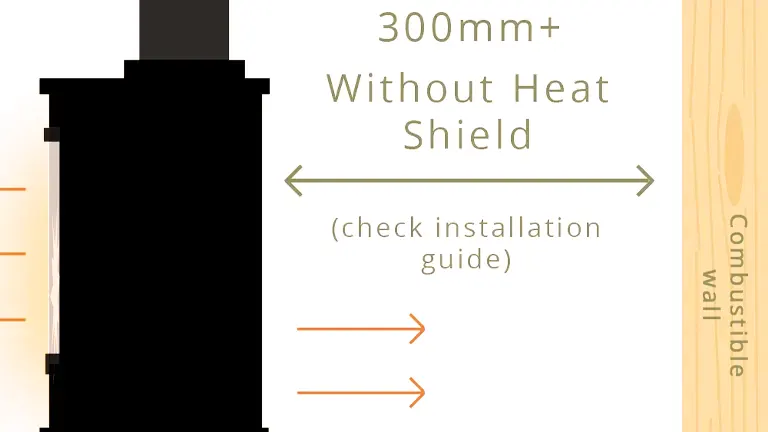
Consider Insulation and Climate
Take into account the level of insulation in your home and the climate in your region. Well-insulated homes and milder climates require less heating capacity compared to poorly insulated homes and colder climates. If your home has inadequate insulation or experiences harsh winters, it’s advisable to choose a wood stove with slightly higher heating capacity to compensate for heat loss.

Determine the Heat Output
The heat output of a wood stove is typically measured in British Thermal Units (BTUs). To estimate the required heat output, use the following rule of thumb: for every 1,000 square feet, you will need approximately 20,000 to 25,000 BTUs. However, keep in mind that this is a general guideline, and other factors should also be considered.

Assess Fuel Availability and Storage
Consider the availability and accessibility of wood fuel in your area. If you have easy access to a steady supply of firewood, you may opt for a larger stove that requires more fuel. However, if firewood is scarce or expensive, a smaller stove that consumes less wood may be more practical. Additionally, think about the storage space you have available for storing firewood.

Safety Considerations
When selecting a wood stove, it’s essential to prioritize safety. Ensure that the stove’s size and heat output are suitable for the room’s dimensions and ventilation. Adequate clearance from combustible materials, such as furniture or drapes, is crucial. Refer to local building codes and regulations to ensure compliance and consider installing smoke and carbon monoxide detectors for added safety.

Estimating Burn Time
If you prefer a stove that can burn for extended periods without constant refueling, consider the burn time of different stove models. Larger stoves often have larger fireboxes, allowing for longer burn times. This can be particularly beneficial during the night when you want the fire to keep you warm without having to tend to it frequently.
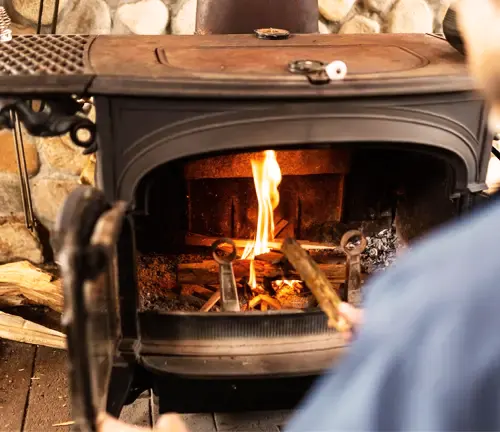
Consider the Aesthetics
While functionality is paramount, the visual appeal of a wood stove should not be overlooked. Consider the design, style, and finish of the stove to ensure it complements your home’s décor and personal preferences. A wood stove can be a focal point in your living space, adding charm and character to your home.
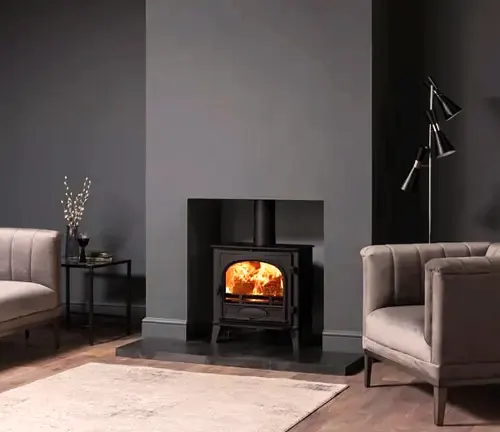
Noise Considerations
While wood stoves are generally quiet, some models may produce noise due to the operation of fans or blowers. If you are sensitive to noise or prefer a quieter heating solution, consider choosing a stove that operates without fans or opt for models with noise-reducing features. It’s important to strike a balance between comfort and the noise level produced by the stove.
Maintenance and Cleaning
Wood stoves require regular maintenance and cleaning to ensure optimal performance and longevity. Consider the accessibility of the stove’s components, such as the chimney, firebox, and flue, for cleaning purposes. Larger stoves may require more effort and time for cleaning, so factor this into your decision-making process.
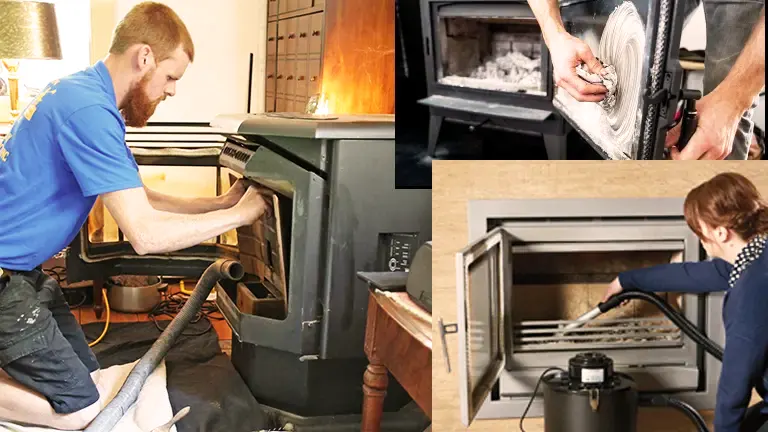
Budget Considerations
Wood stoves come in a range of sizes and price points. It’s important to establish a budget before beginning your search. Keep in mind that larger stoves with higher heat outputs and greater efficiency tend to be more expensive. While it’s essential to invest in a quality stove, ensure it aligns with your financial capabilities.
Environmental Impact
If environmental sustainability is a priority for you, consider the environmental impact of the wood stove you choose. Look for stoves that meet or exceed emission standards and are certified as environmentally friendly. Some stoves are designed to burn wood more efficiently, reducing smoke and particulate emissions, which is beneficial for both indoor and outdoor air quality.
Evaluate Stove Efficiency
Wood stoves vary in efficiency, which refers to how effectively they convert fuel into usable heat. A stove with higher efficiency will provide more heat output for a given amount of fuel. Consider stoves with efficiency ratings above 70% to ensure better heat utilization and maximize energy savings.
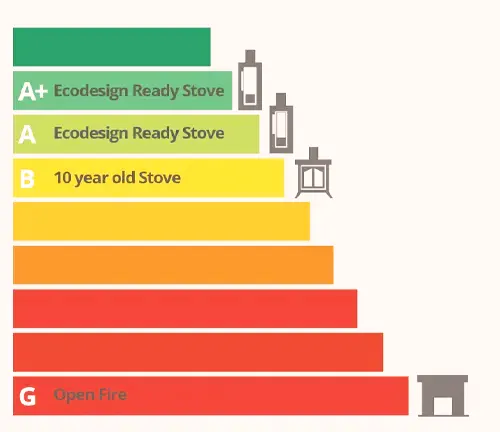
Assess Room Layout and Air Circulation
The layout of your room and the airflow within it play a significant role in heating efficiency. If the room has an open layout or is connected to other areas, a larger wood stove might be necessary to compensate for heat dissipation. On the other hand, smaller rooms with limited airflow may require a smaller stove to avoid overheating.
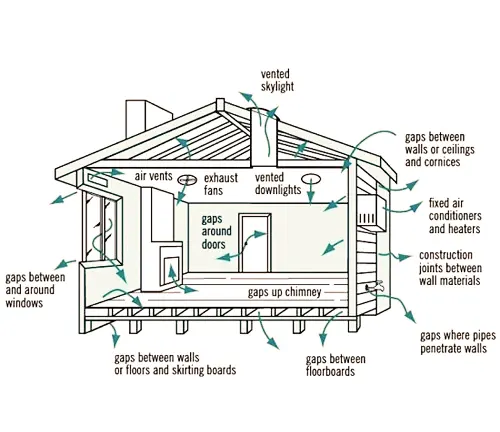
Seek Professional Advice
If you’re unsure about the appropriate size for your wood stove, it’s advisable to consult with a professional. An experienced stove dealer or a certified chimney sweep can provide valuable insights and help you determine the optimal size based on your specific requirements and home characteristics.
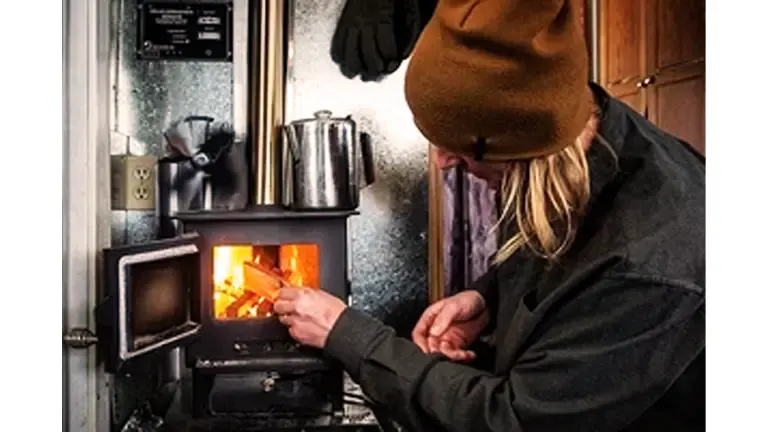
Selecting the Perfect Technology for Your Needs
When it comes to selecting a wood stove, it’s not just about choosing the right size, be it small, medium, large, or extra-large. It’s equally crucial to determine the optimal burn technology that aligns with your needs. Regency presents two primary options: Non-Catalytic wood stoves and Hybrid Catalytic wood stoves. The key distinction between them is the reburn systems they employ. These systems aim to minimize emissions, boost efficiency, and prolong burn times. Impressively, both of these technologies yield highly efficient fires and meet the most recent EPA certifications for clean air standards.
Neither of these technologies stands superior to the other in all contexts. The mechanics and applications of catalytic and non-catalytic wood stoves differ. For instance, catalytic wood stoves are ideal for extended, consistent primary heating purposes. In contrast, non-catalytic wood stoves shine when used for periodic or auxiliary heating.
Conclusion
Selecting the right size wood stove is crucial for efficient and effective heating in your home. By considering factors such as heating area, insulation, climate, heat output, efficiency, and room layout, and seeking professional advice, you can make an informed decision. Remember that it’s better to choose a slightly larger stove than one that is too small, as an undersized stove may struggle to heat your space adequately. With careful consideration and proper sizing, a wood stove can provide cozy warmth and enhance the ambiance of your home for years to come.
FAQs
- Why is the size of a wood stove important?
The size determines how effectively it can heat a particular space. An incorrectly sized stove may not heat efficiently or might produce excessive heat for the space. - How is the size of a wood stove measured?
Stove size can be measured in various ways, including the physical dimensions, the size of the firebox, or the amount of heat output (often given in BTUs). - What factors should I consider when determining the right stove size for my home?
Consider room size, insulation quality, ceiling height, climate, and whether the stove will be a primary or supplemental heat source. - Can I use a large wood stove for a small room?
It’s possible, but a stove that’s too large can make the room uncomfortably hot and lead to over-fueling or frequent shut-downs, which can produce more creosote. - Is there a general rule of thumb for matching stove size to room size?
Typically, for every 50 square feet of space, you’ll need around 1,000 BTUs from your stove. However, this can vary based on factors like insulation and ceiling height. - How does the efficiency of the stove relate to its size?
Efficiency is more about the stove’s design and technology than its size. However, a correctly sized stove operates at its optimum efficiency range more often than an incorrectly sized one. - Do different brands have different sizing guidelines?
Yes, always refer to the manufacturer’s recommendations as each brand might have its unique specifications based on design and technology. - What’s the difference between a wood stove’s heating capacity and its size?
Size typically refers to physical dimensions or firebox volume, whereas heating capacity relates to the amount of space the stove can effectively heat. - Can I use a wood stove to heat my entire home or just one room?
This depends on the stove’s size and design. Some stoves are designed to heat a single room, while others can distribute heat more effectively throughout a home. - What should I do if I’m unsure about the right size for my space?
It’s recommended to consult with a wood stove dealer or expert. They can assess your space and heating requirements to recommend the most suitable size.
We’re eager to hear your perspective! Kindly share your personal experiences and thoughts about determining the appropriate size of wood stove in the comments section below. Your insights might be just what others need to make informed decisions when selecting the right wood stove size for their specific heating needs.

John Carlos
Forestry AuthorThe beauty of logging isn't just about felling trees. It's about understanding nature, mastering the art of chainsaws, and respecting the environment. I believe in sharing my experiences and knowledge, ensuring that we move towards a sustainable future together.













Leave your comment